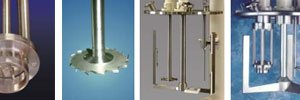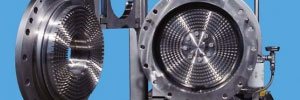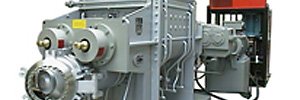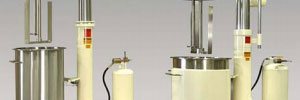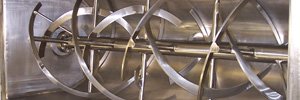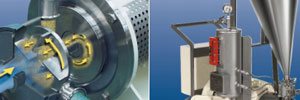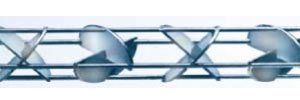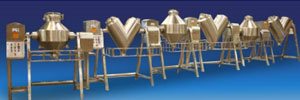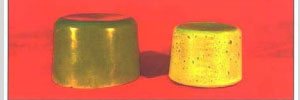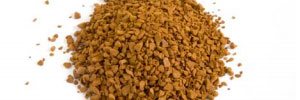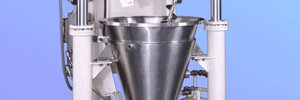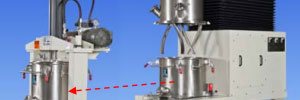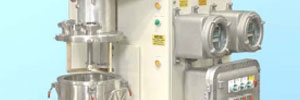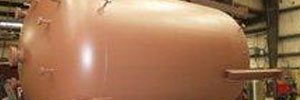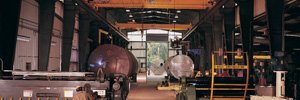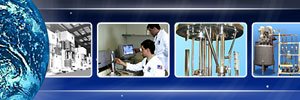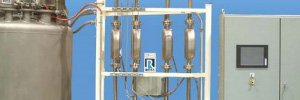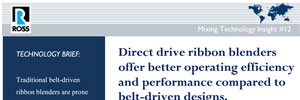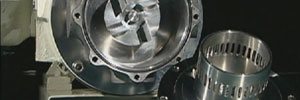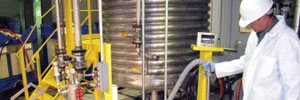Resources > Ask an Expert
Ask an Expert
ROSS prides itself on providing the most accurate and in depth knowledge for mixing and blending technology. Our engineers and manufacturing experts are readily availeble to answer any questions you may have about your process and equipment. With our "Ask an Engineer" form, we can pass your questions directly along to our engineers for their insight and feedback. Below, you'll find a cumulative list of common questions, along with our answers.
Can single-stage rotor/stator mixers produce fine dispersions and emulsions with submicron particles or droplets?
Yes, standard high shear mixers are capable of producing submicron droplets or particles. But in large part, this is also highly dependent on the formulation itself. Apart from mixing intensity, several other factors affect particle or droplet size reduction including inherent properties of the raw materials, their interaction or chemistry, presence and type of surfactant, operating temperature, shear-sensitivity, etc. For this reason, particle size distribution can only be accurately determined through mixer trials wherein the actual raw materials are used and real process line conditions are simulated as closely as possible. In certain cases, even the same raw material sourced from a different supplier can yield significantly different results.
What would be a good mixer for protein powder and other dry powders?
There are many factors we are considering when assessing the best candidate for a dry blending project. The three most common choices are our Ribbon Blender, Tumble Blender, or Vertical Blender. Each design will have specific advantages in certain processes. For example, if there are ingredients in the blend that are a small percentage of the total batch, the Tumble Blender will have an advantage over the other two candidates. If large volumes are required and the ingredients are in similar percentages in the formulation, the ribbon blender will have the advantage. The Vertical Blender would likely be the best choice if heating or vacuum is an essential part of the blending process. For further information please watch our webinar titled,
"A Ribbon, Tumble or Vertical Blender- Which is Best for My Process."
I am trying to disperse Carbon black pigment in wax but the dispersion is very poor. What equipment would you recommend?
There are several primary factors we consider in our effort to identify the best mixer candidate. The viscosity and the density of the material are among the most important factors to consider. Selecting a device that can provide an increased level of shear energy to the dispersion is likely to solve the problem. There are also other factors to consider as well. For example, vacuum mixing or mixing at an elevated temperature may be beneficial to generating the appropriate dispersion. Once the best candidates are identified, testing their performance with the product is a critical step in confirming the mixer selection is appropriate.
We have been developing a process on a bench-top scale. Could you help us with scaling up this process for production volumes?
Yes we can. We are commonly helping clients in this particular situation. We will evaluate and identify the critical process requirements and use that date to specify what is required to meet your production demands.
I am getting separation in my emulsion when making full scale batches. I don't see this separation with laboratory scale batches even though it is the same formulation. What am I doing wrong?
Emulsion separation in this situation is usually a result of insufficient shear energy to generate the appropriate droplet size. Looking at both the peak shear energy and the total energy per unit mass of product are two critical factors in generating the appropriate emulsion.
We would like to reduce our batch cycle time, what is the best way to accomplish this?
We need to first determine what the rate limiting step in the process is. In some applications, it may be the amount of mixing energy required to create the appropriate dispersion. This can be solved by adding an additional agitator, or swapping the existing agitator for one offering higher shear intensity.
My product is moisture sensitive. How can I minimize the introduction of water to the batch, especially on days with high humidity?
Processing in a mixer under vacuum or with a suitable nitrogen blanket are the best way to ensure no additional moisture from the atmosphere will be introduced to the product. Raw materials, especially hygroscopic solids, should be stored in an area that is free from moisture.
Can I improve the quality of my product with vacuum mixing?
Vacuum mixing often changes the characteristic of the finished product, usually the changes are deemed to be beneficial. Some of the characteristics include; no entrained air (including moisture and oxygen), a more translucent appearance, and better dispersion of solids.

